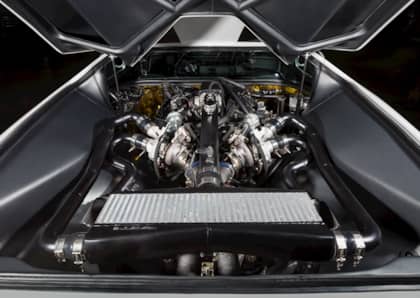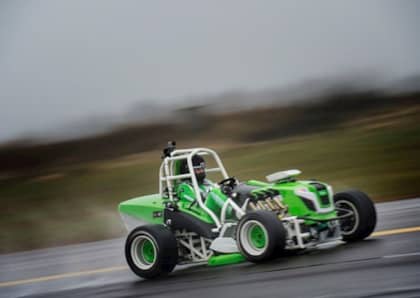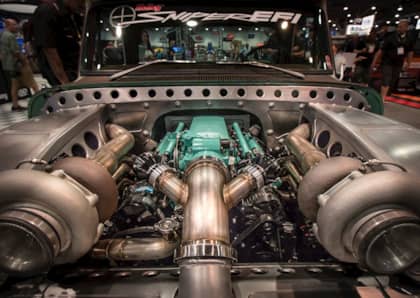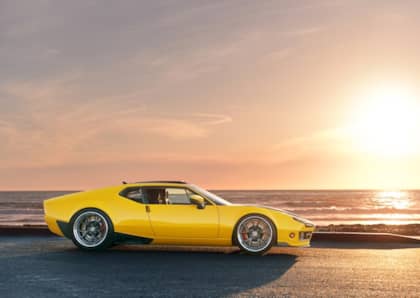Evolution of the LS: The Engine That Changed the World
You don’t have to be a fan of the LS engine to recognize it holds an important place in automotive history — some might even say it has changed the world. Here are some milestones of its evolution:
1. TURBO-FIRE
- Year: 1955
- Generation: 1
- Displacement: 265 ci / 4.3L
- Horsepower: 162 hp
- Fueling Configuration: Two-barrel carburetor
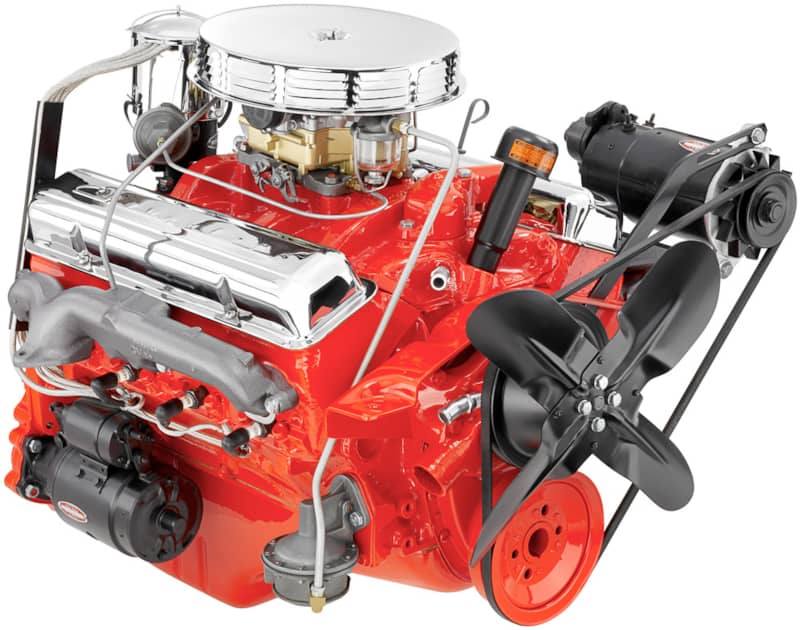
Background:
Genesis of the small-block V8, nicknamed the “Mighty Mouse.” The 265 was introduced on the Corvette to transform the grand tourer into the exciting sports car we're familiar with today. With the aid of fuel injection and a larger cylinder bore, this became the first engine to achieve the feat of 1 horsepower per cubic inch in 1957.
2. LT-1
- Year: 1970
- Generation: 1
- Displacement: 350 ci / 5.7L
- Horsepower: 370 hp
- Fueling Configuration: Holley four-barrel carburetor
Background:
The ultimate first-generation version, the Lt-1 pumped out as much torque as its big-block brother. Utilizing solid lifters, forged-aluminum pistons, high-rise intake runner, high compression, hot cam and Rams' Horn exhaust manifold, this hot number propelled the C3 corvette to 60 mph in less than 6 seconds.
3. LT1
- Year: 1992
- Generation: 2
- Displacement: 350 ci / 5.7L
- Horsepower: 305 hp
- Fueling Configuration: Batch-fire fuel injection
Background:
First of the Gen 2 SBC, not to be confused with the Gen 1 Lt-1 or the later Gen 5 LT1. Reverse-flow cooling allowed for higher compression, powering small-blocks back into the 300hp range after the power-starved ’70s and ’80s. Starting with batch-fire injection, sequential was introduced in the third production year and carried over to the high-performance LT4 variation.
4. LS1
- Year: 1997
- Generation: 3
- Displacement: 346 ci / 5.7L
- Horsepower: 350 hp
- Fueling Configuration: Port injection
Background:
Introduced with the C5 Corvette, the LS engine was a clean-sheet design sharing very little with the previous generation of small-blocks. The adoption of aluminum blocks and fully computerized ignition and fueling modernized the powerplant and paved the way for the reign of the LS engines. A high-performance version, the LS6, received a valvetrain upgrade along with 50 more horsepower and 500 more usable rpm by the time the Z06 released.
5. LS2
- Year: 2005
- Generation: 4
- Displacement: 364 ci / 6.0L
- Horsepower: 400 hp
- Fueling Configuration: Port injection
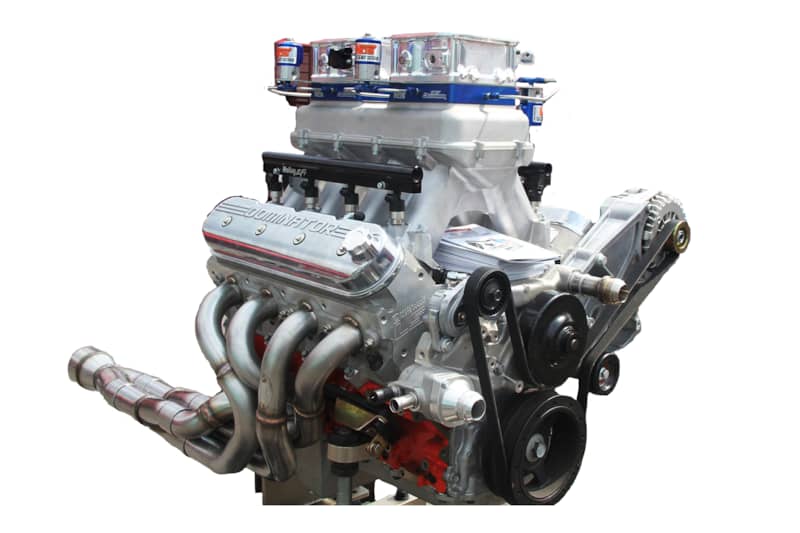
Background:
Upgrading to a 4-inch bore and 10.9:1 compression ratio, the 6.0L LS2 succeeded the LS1 as the base variant of the LS engine.
6. LS7
- Year: 2006
- Generation: 4
- Displacement: 428 ci / 7.0L
- Horsepower: 505 hp
- Fueling Configuration: Port injection
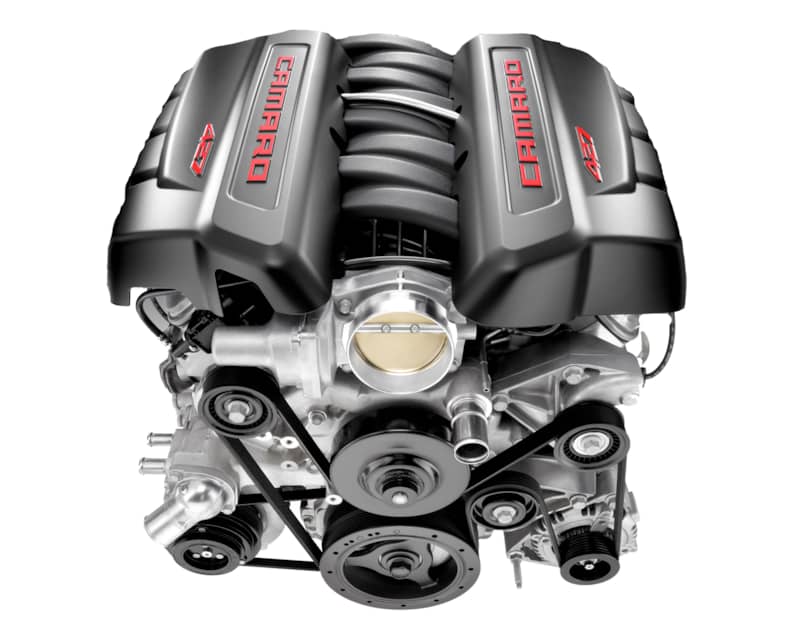
Background:
This 427 ci V8 is the largest LS engine GM has installed in a production car to date. With its motorsport-grade components and 505 horses, it powers the Z06 into supercar territories.
7. LS3
- Year: 2008
- Generation: 4
- Displacement: 376 ci / 6.2L
- Horsepower: 436 hp
- Fueling Configuration: Port injection
Background:
Equipped with a better-breathing head and bigger displacement, the LS3 combined exceptional performance with phenomenal durability — the ultimate evolution of the base LS engine.
8. LS9
- Year: 2009
- Generation: 4
- Displacement: 376 ci / 6.2L
- Horsepower: 436 hp
- Fueling Configuration: Port injection
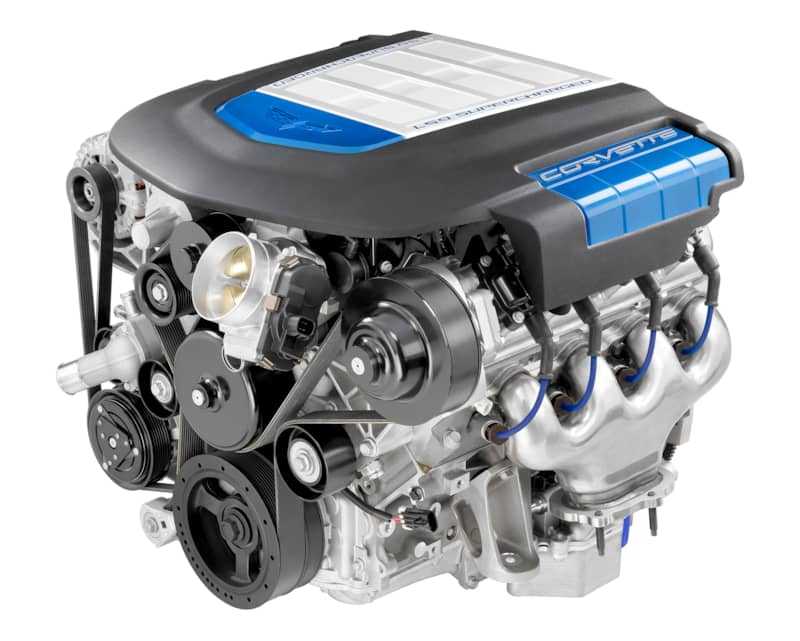
Background:
Reviving the fabled "ZR-1" moniker, Chevy puts its first-ever production supercharged engine in the C6 Corvette. The outrageous LS9 served as the perfect conclusion to the LS family's two decades of brilliance.
9. LT1
- Year: 2014
- Generation: 5
- Displacement: 376 ci / 6.2L
- Horsepower: 460 hp
- Fueling Configuration: Direct injection
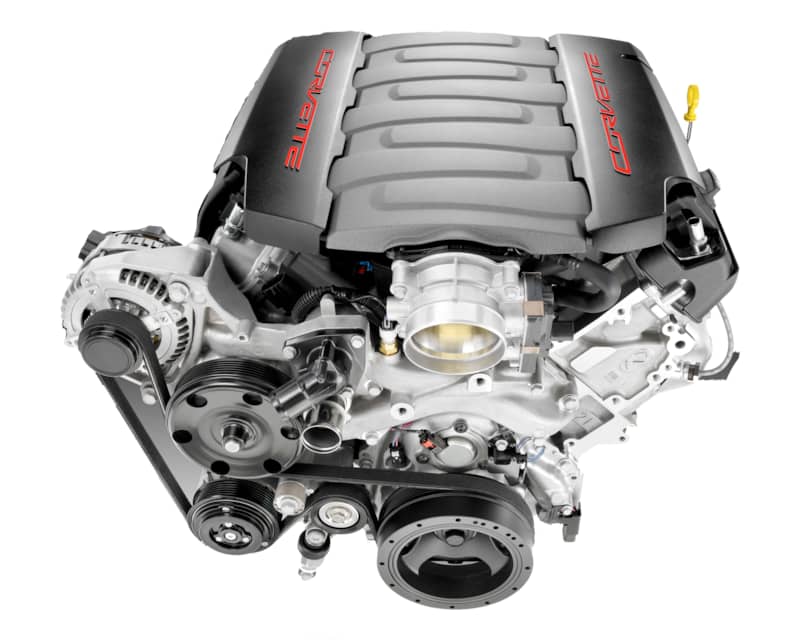
Background:
The first Gen 5 small-block, GM improved the LS's winning formula with the addition of direct injection, revised oiling system and an 11.5:1 compression. Following up the LT1 with the supercharged LT4 in 2015, power was launched to 650 horses straight from the factory.
Only time will tell if the LT engines will disrupt the legendary status of the LS engines.




